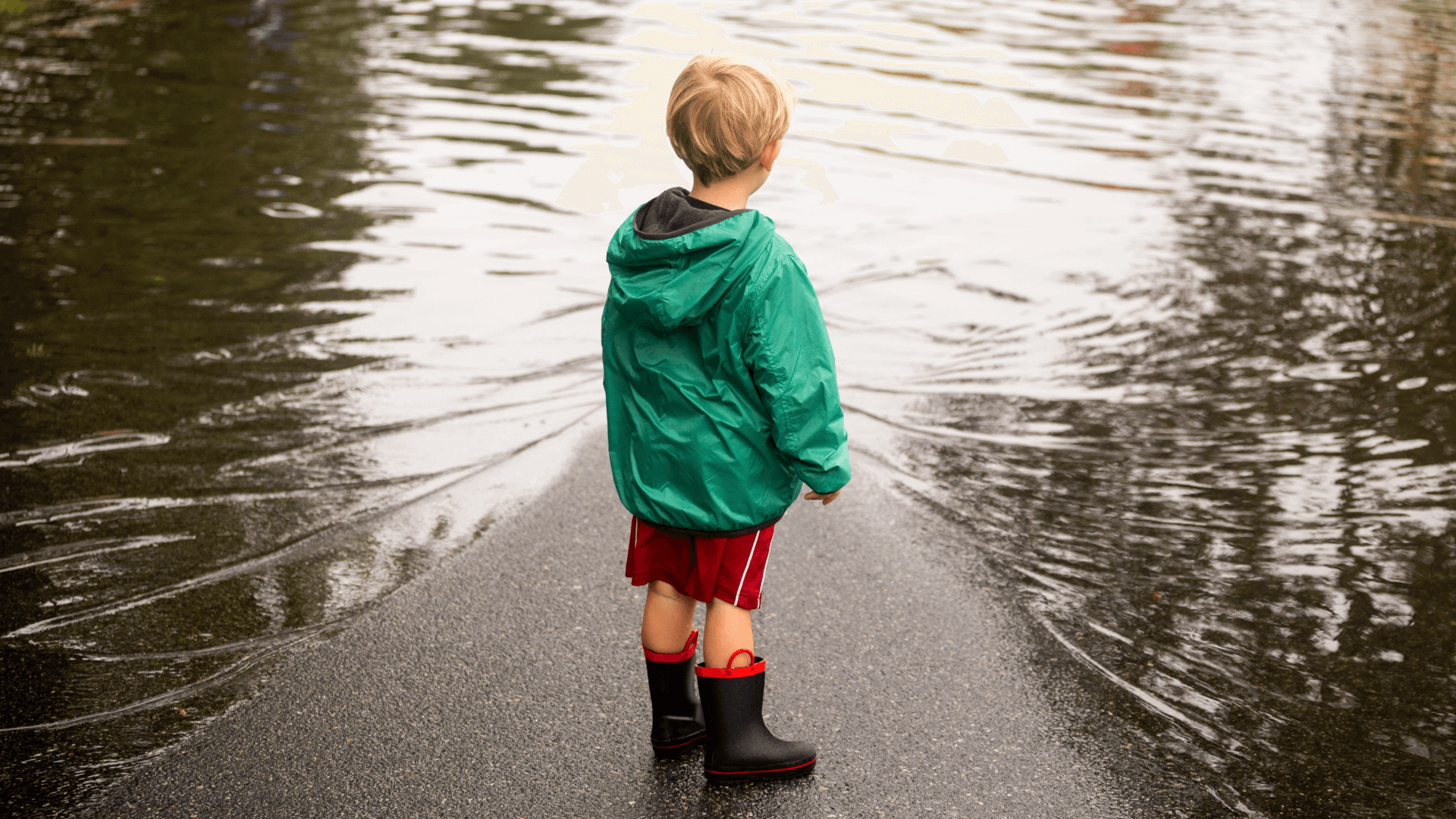While hurricanes cause most flooding damage on the East Coast, atmospheric rivers — massive storms that carry extreme amounts of water from the tropics — have accounted for 84% of total flood damages in the western U.S. in the past 40 years, to the tune of $1 billion a year. Climate change is making these storms exponentially worse. By the end of the century, atmospheric rivers are projected to cause more than $3.2 billion of damage a year in the west, according to research from Scripps Institution of Oceanography at the University of California San Diego.
Atmospheric rivers stretch thousands of kilometers long and hundreds of kilometers wide. An average atmospheric river carries, on average, more than double the amount of water that flows through the mouth of the Amazon River. As the climate warms, atmospheric rivers will become wider and wetter and drop more rain and snow, says Tom Corringham, a research economist at Scripps Institution of Oceanography and a co-author of the research. Meteorologists rate the strength of atmospheric rivers on a five-point scale — AR1 to AR5 — with AR5 being the most impactful.
“What we’re expecting to see is more of these AR4 and AR5 storms by the end of the century,” Corringham says. “We’re already seeing it now, but it’s just going to increase over the coming decades.”
How climate change will make atmospheric rivers worse
Atmospheric rivers already carry a lot of water. Warmer air allows them to carry more. For every degree Celsius the atmosphere’s temperature rises, it can hold 7% more water vapor.
“We’re going to see more water vapor in the atmosphere, so when the storms happen, they’ll drop more rain and snow,” Corringham says.
When water is in the air, it has plenty of room to take up. When it falls to the ground, there are only so many places it can go. That’s why, as storms become more intense, flood damage rises exponentially.
The five U.S. counties expected to see the greatest increase in atmospheric river-related damage over the course of the century are all along flood-prone rivers in the far western states: Sonoma, California; Washoe, Nevada; Lewis, Washington; Sacramento, California; and Yuba, California.
But as flooding becomes more widespread, it is also expected to affect more communities that may not be as prepared for flooding, which can also lead to outsized losses.
“As you pass certain thresholds, more and more people get affected,” Corringham says.
It’s possible the projections underestimate the damage. They don’t take population growth and development into account. If more people build homes in vulnerable areas, greater losses are likely.
The projections also rely on data from the National Flood Insurance Program, which mostly covers residential properties, not commercial. The data don’t account for future damage to infrastructure, either. And plenty of homeowners who live in flood zones don’t buy flood insurance.
The price of flood insurance is rising, especially in flood-prone areas, as FEMA adjusts premiums to better account for flood risk. There’s a tricky balance to strike — if premiums are unaffordable, fewer people, especially people who have lower incomes, will buy flood insurance, but if they’re too low, it will encourage people to live in flood zones.
“It’s important that the market reflects risk through pricing,” Corringham says. “That’s the only way people are going to start moving out of harm’s way.”
But the government should also spend money to buy people out of high-risk homes and help them move to safer areas, he says. Long-term, that will cost less than constantly rebuilding in flood zones. Above all, Corringham says, the world needs to address climate change itself, or any policy move will merely serve as a Band-Aid.
“As we reach the end of the century, if we haven’t done anything to stabilize the global climate system, if we haven’t made the switch to renewables, if we haven’t stopped emitting greenhouse gasses through fossil fuels, then none of this is going to matter in the long-term,” he says. “So we need to act on that now.”
What can you do to protect yourself from atmospheric rivers?
For now, there are several things you can do as a homeowner to protect your property from floods:
Find out whether your home, or your prospective home, is in a floodplain. NFIP allows you to look up your address on its flood maps. Risk Factor, a more user-friendly tool from the nonprofit First Street Foundation, can also tell you about your flood risk, as well as other climate-related dangers.
Take steps to flood-proof your home. Especially if you live on the coast, you may want to elevate your home above the projected flood elevation. This is expensive, but your local government may provide financial assistance for this and other construction related to flood mitigation (check the FEMA website for details). Here are more ways to climate-proof your home.
Consider moving valuables to a higher floor of your house, and have a disaster kit ready to go with emergency supplies and important documents. In addition to an evacuation plan for your family, you should also have a plan for moving your car out of harm’s way in the event of flooding, Corringham says.
Buy flood insurance. Remember that a standard homeowners insurance policy won’t cover flood damage, so you should consider buying flood insurance.
Image: Roberto Westbrook / Getty

